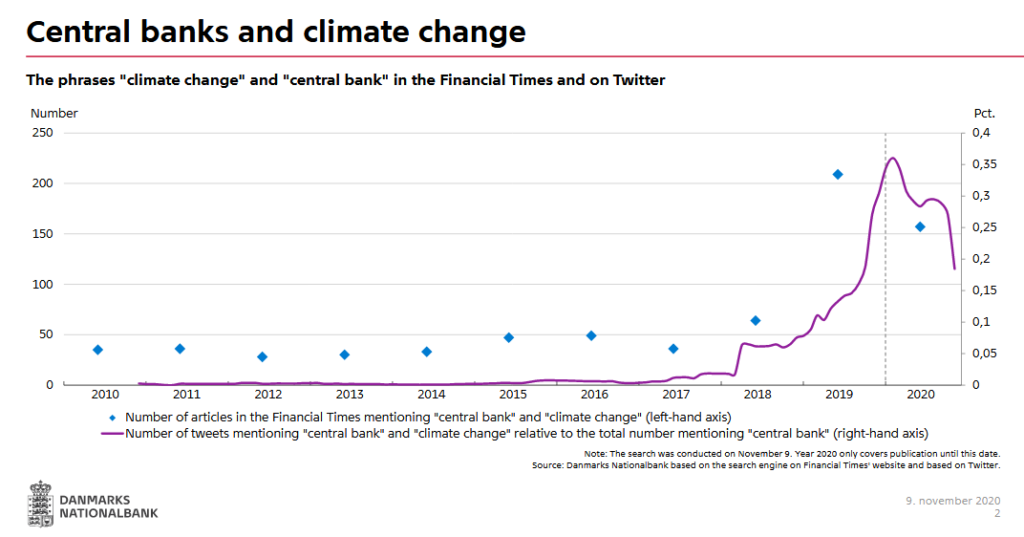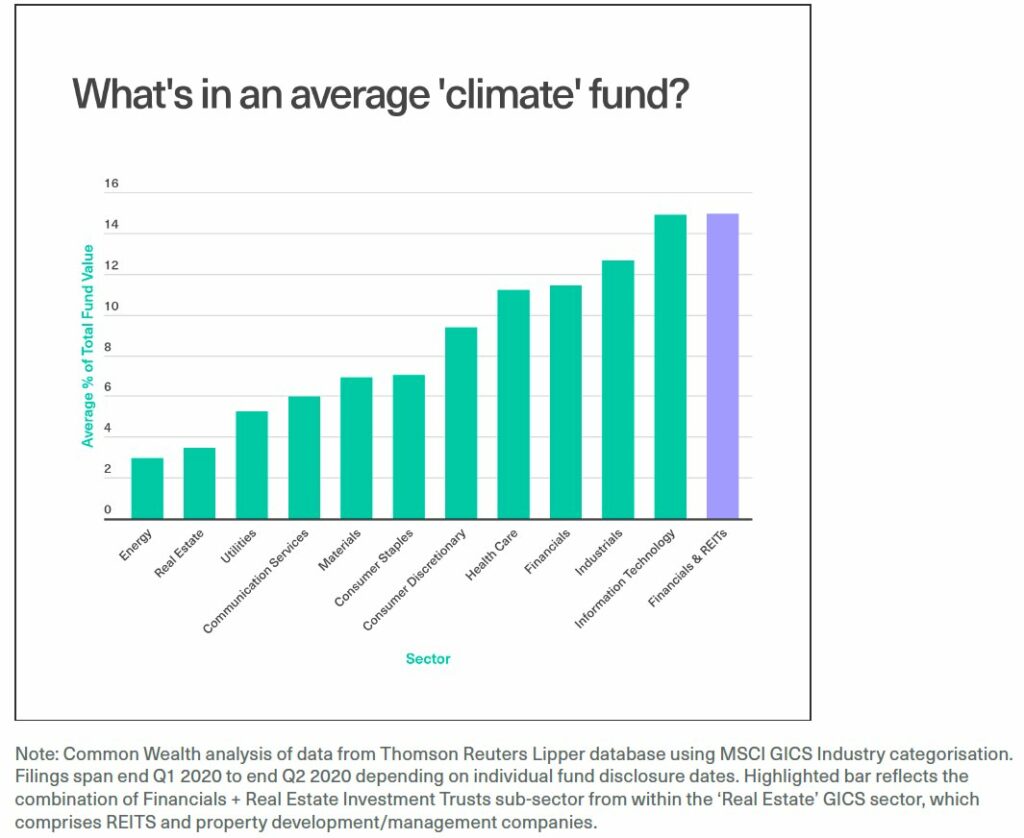Listen to this episode on Spotify, Apple or YouTube!
Transcript:
“Hello and welcome to another episode of The Finrestra Podcast.
My name is Jan Musschoot.
The topic of today’s episode: Go big or go home!
According to economic theory, banks have good reasons to expand abroad. Bigger banks should benefit from economies of scale. A broader geographic footprint results in a more diversified loan portfolio. So multinational groups should be more resilient against economic downturns.
However, cross-border expansion is not what we observe in the real world. In fact, multinational banks have been selling their foreign subsidiaries for years. Earlier this year, American Citibank announced that it would exit retail banking in 13 countries, most of them in Asia. Last year, Spanish bank BBVA sold its unit in the United States.
Banks are also selling their foreign activities in Europe. Here are some examples, all from 2021.
British HSBC was so desperate to get rid of its French retail bank, that it sold the unit for one symbolic euro. Dutch ING also plans to leave the French retail market. That same ING has sold its retail bank in Austria. Dutch Rabobank decided to wind down its Belgian retail activities, as it couldn’t find a buyer. British NatWest and Belgian KBC have announced they would exit the Republic of Ireland.
Bankers have good reasons to leave foreign markets. Because policymakers are scared of “too big to fail” banks, so-called systemically important banks need larger capital buffers. More countries also means higher costs for reporting and compliance. Banks have learned that there are few synergies between countries, even for branchless banks that only offer online services, like ING and Rabobank.
That’s why there is a clear trend towards deglobalization.
But that’s not the end of the story. Not all banks are returning to their domestic past.
Economies of scale are a thing, but not in the sense that bigger is always better.
What you want is to have scale within a market.
A good example is Societe Generale. The French financial services group sold most of its Central and Eastern European units. But SocGen kept its subsidiaries in the Czech Republic and in Romania. In both countries, these banks are the third largest in the market. Hungarian OTP sold its small subsidiary in neighboring Slovakia to KBC-owned CSOB. But OTP has also recently signed a deal to buy the second largest bank of Slovenia. Merged with its existing Slovenian subsidiary, it will become the market leader. And this silent consolidation isn’t limited to the East. French Credit Agricole has been gradually increasing its market share in Italy, for example.
So while European policymakers despair at the lack of cross-border mergers and acquisitions, the much needed consolidation is happening. Banks are reducing their geographic complexity.
And some groups have become robust multinational banks that have a significant market share in multiple countries.
If you want to discuss banks’ strategy, you can find me on Twitter @janmusschoot.
To learn more about our research and courses, check out our website, finrestra.com.
Thanks for listening!”


